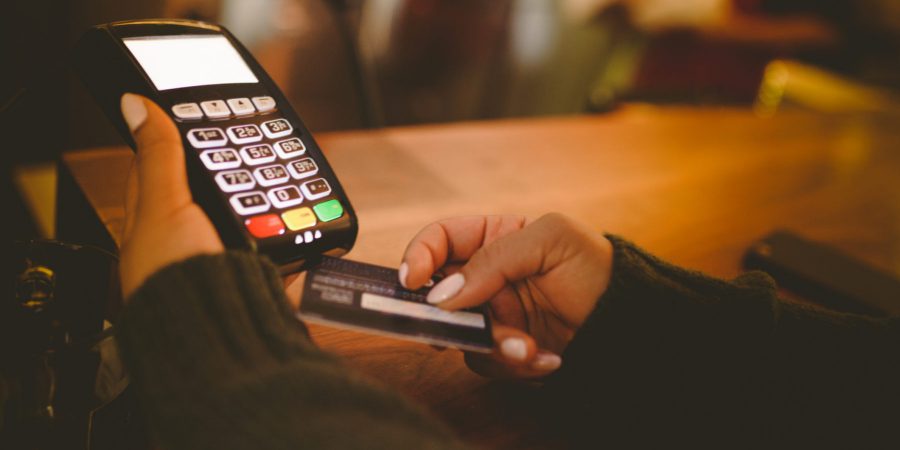According to the Canadian Bankers Association, four billion debit transactions happen each year in Canada – 99% without incident. However, debt card skimming fraud does happen. In this blog post, we’re offering tips on to protect yourself from this type of scam.
What is debit card “skimming?”
This is a type of fraud where sensitive information is “skimmed” off the magnetic strip on the back of your debit card and your PIN is captured. Scammers will use this data to create a duplicate copy of your card in order to make fraudulent purchases and withdrawals from your account. “Skimmers” are the fake devices attached to the ATM or PIN pad – when you push your card in, your information is being read by the skimming device as well as the legitimate card reader.
How can I protect myself from debit card skimming?
While you may not be able to protect yourself 100% of the time, here are some tips to help mitigate the risk of becoming a victim of a debit card skimming fraud:
- Look for suspicious devices. Try to make sure the debit machine you’re using is secure. Keep your eyes open for keypads that aren’t responding normally, tarnished card readers or any unusual attachments. If in doubt, don’t use the machine!
- Protect your PIN. Shield the keypad when entering you PIN and change your PIN frequently (don’t use any easy-to-guess number sequences or dates as your PIN, either!). Remember: your PIN is your legal responsibility. If you share it with someone, you may not be eligible for compensation in the event your card is used in a fraudulent manner.
- Review your statements. Look at your bank records on a regular basis to ensure all charges are legit and your account hasn’t been compromised.
Where can I go for help?
If you think you may be the victim of a debit card skimming fraud, contact your bank as soon as possible. You may also want to make a report with your local police and the Canadian Anti-Fraud Centre. Some additional steps, and more information about debit card fraud, is available on this page from the Financial Consumer Agency of Canada.
ADDITIONAL READING:
What to know about credit card “tap” technology
How to request a refund from your credit card provider
Tips to teach your kids about moneyAre late payment or default fees legal?



I am from the states. Arrived today and found an ATM from which to draw some cash. Put in the requisite information and a message popped up telling me that there would be an extra $10 fee but giving me the option to decline. I did. The problem is that when I called my bank I learned that the ATM company debited my account anyway for $156.97 plus two small service fees. The name is “Mobile ATMs.” Terminal CI 00068. Sequence 8391. Time – 06/04/2019 15:51:25
Hi Gary, thanks for sharing your experience here. I would suggest reaching out to your bank to explain the situation. Perhaps the ATM is faulty. You may also be interested in contacting the ATM company responsible to let them know what happened. I hope this is helpful to you and best of luck!